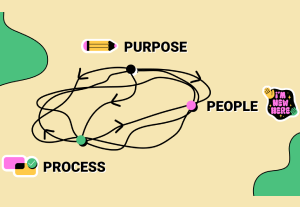- Customer Experience, Design, Product design, Research Methods and Techniques, Research Tools and Software, Usability, UX Education, UX Magazine
Process notes of creating an online magazine for a female professional.
Article by Jennifer ODonnell
Nova: A Modern Publication for the Sexy Nerd
- The article covers the creation of an online magazine,“NOVA” — a publication focused on spicing up the life of female professionals.
- The author shares process notes and perspective from each of the project phases:
- Research (qualitative research, competitor analysis, interviews, quantitate research)
- Card Sorting
- LOW-FI (wire framing)
- MID-FI (edits)
- Branding (colors, font, voice&tone, mood board)
- Hi-Fi
- Lessons and learnings from the project:
- Mind spacing, especially margins
- Balance between creativity and function in every design
- Know when enough is enough
Share:Nova: A Modern Publication for the Sexy Nerd
Share this link
- August 10, 2022
6 min read







